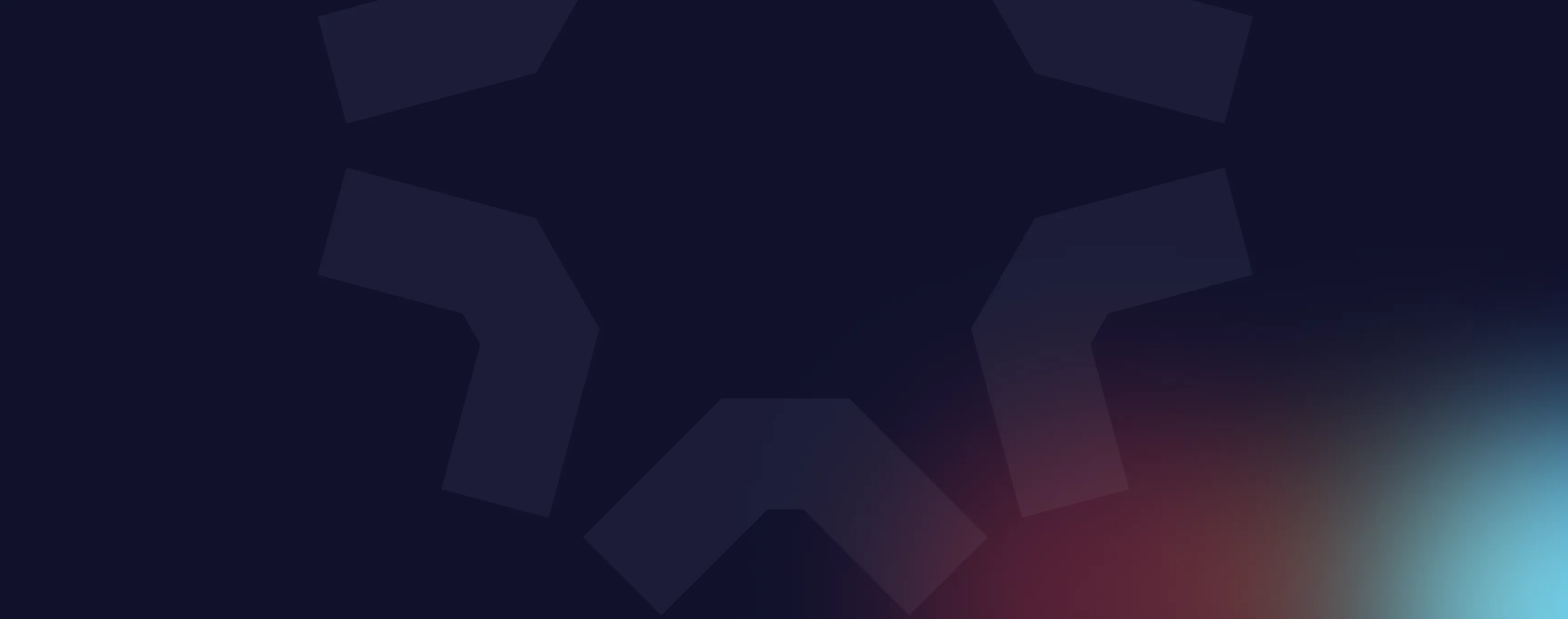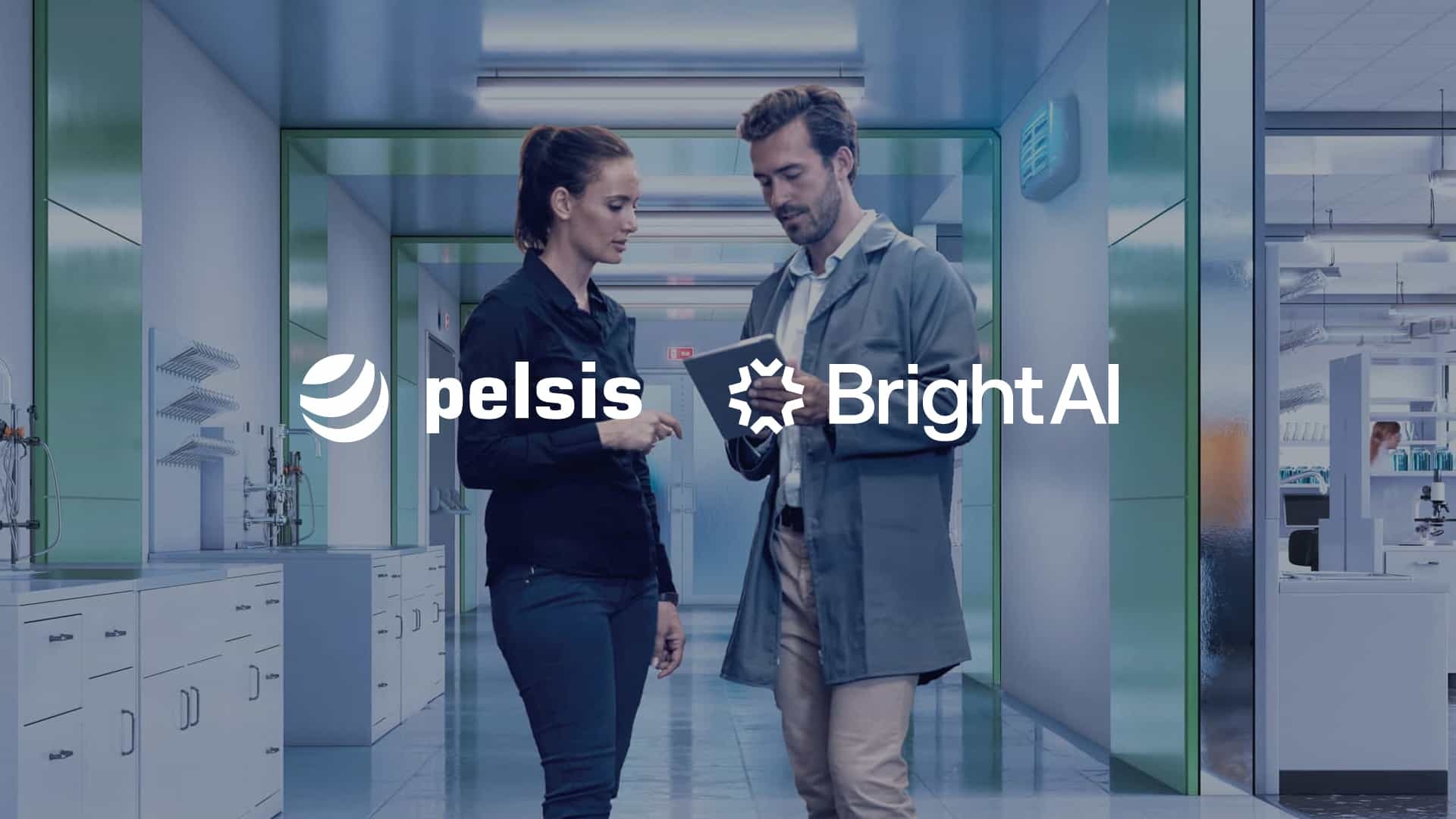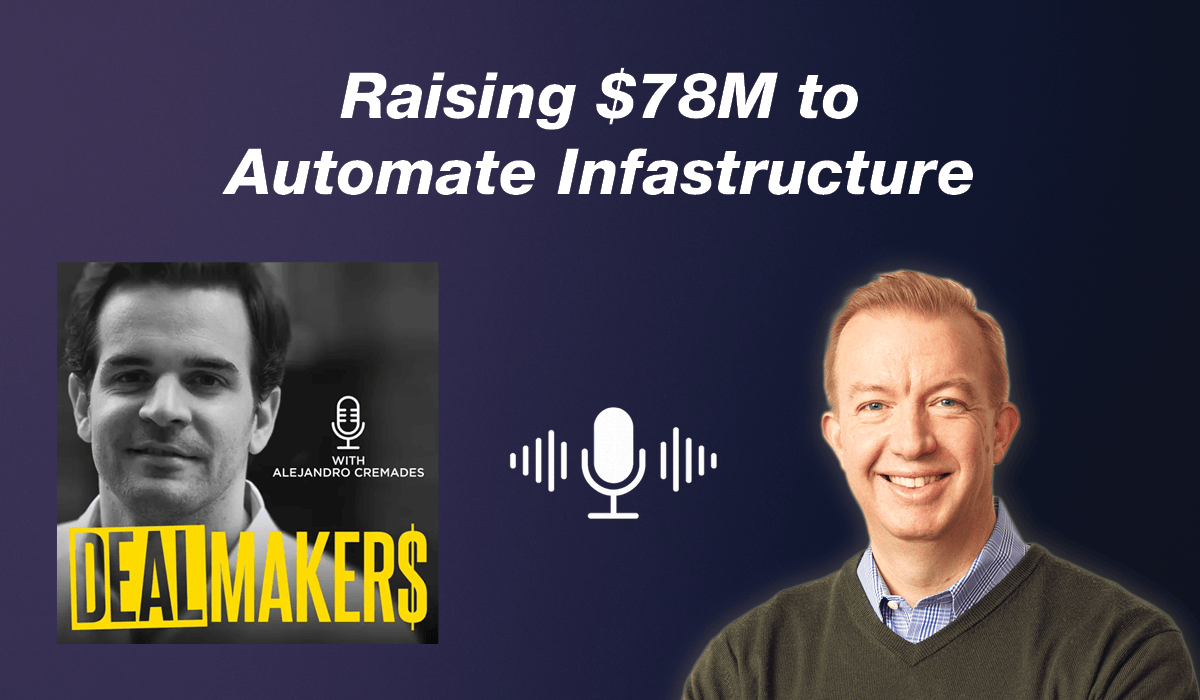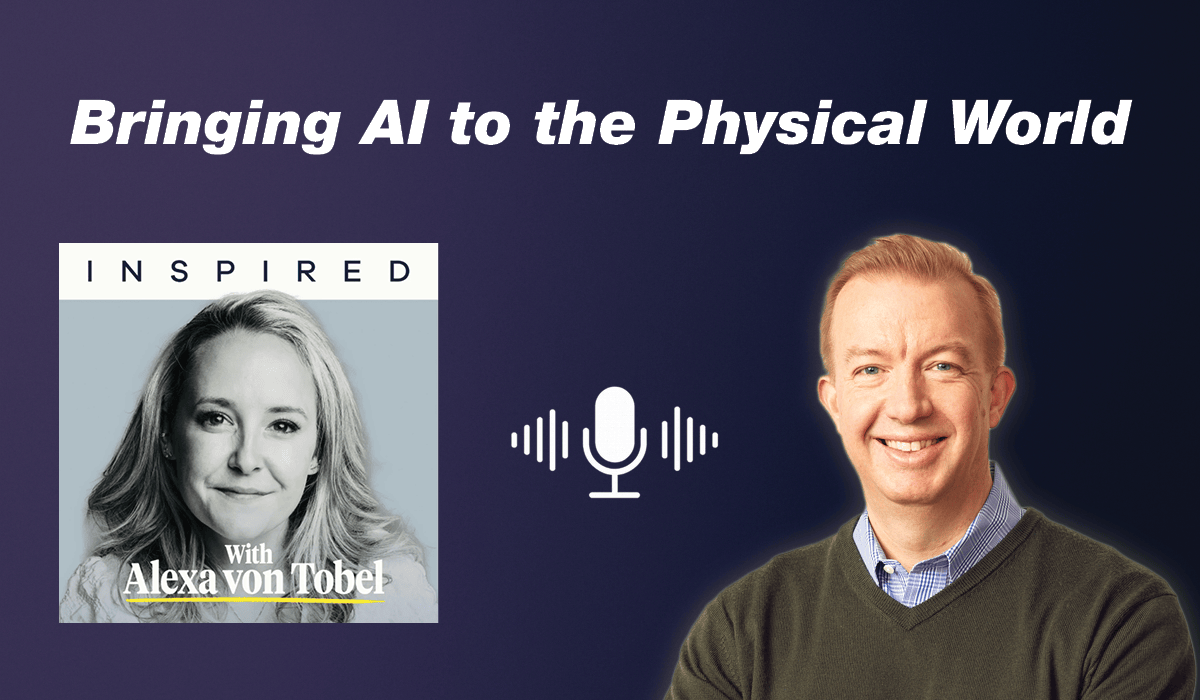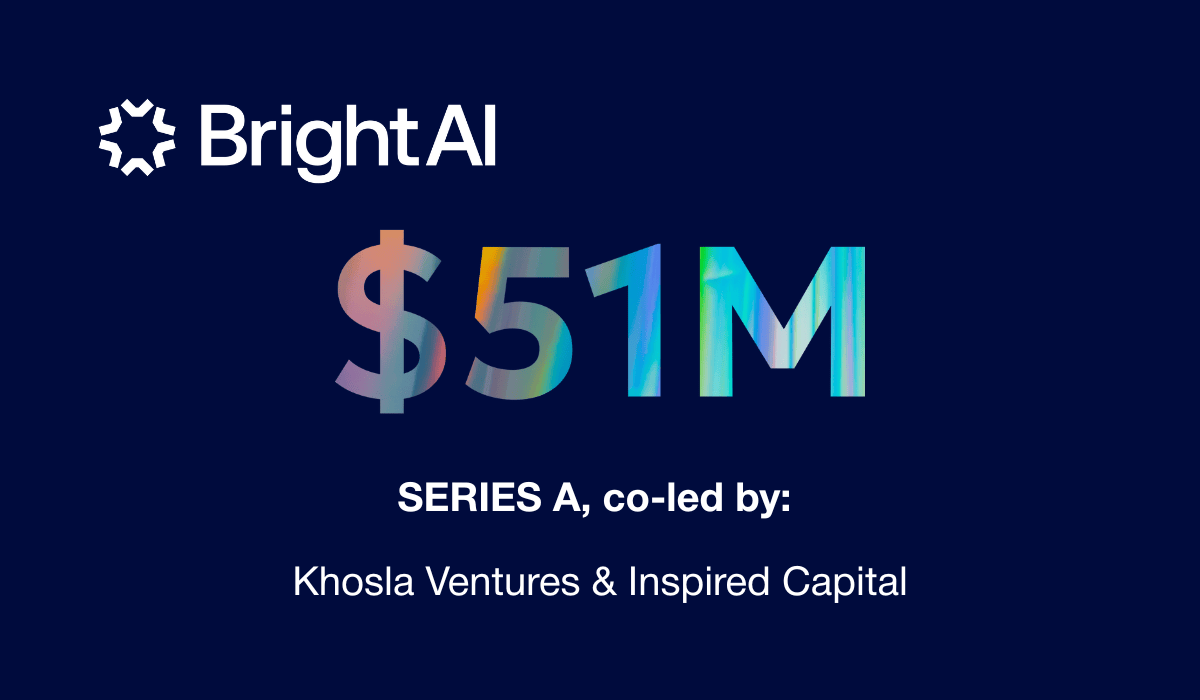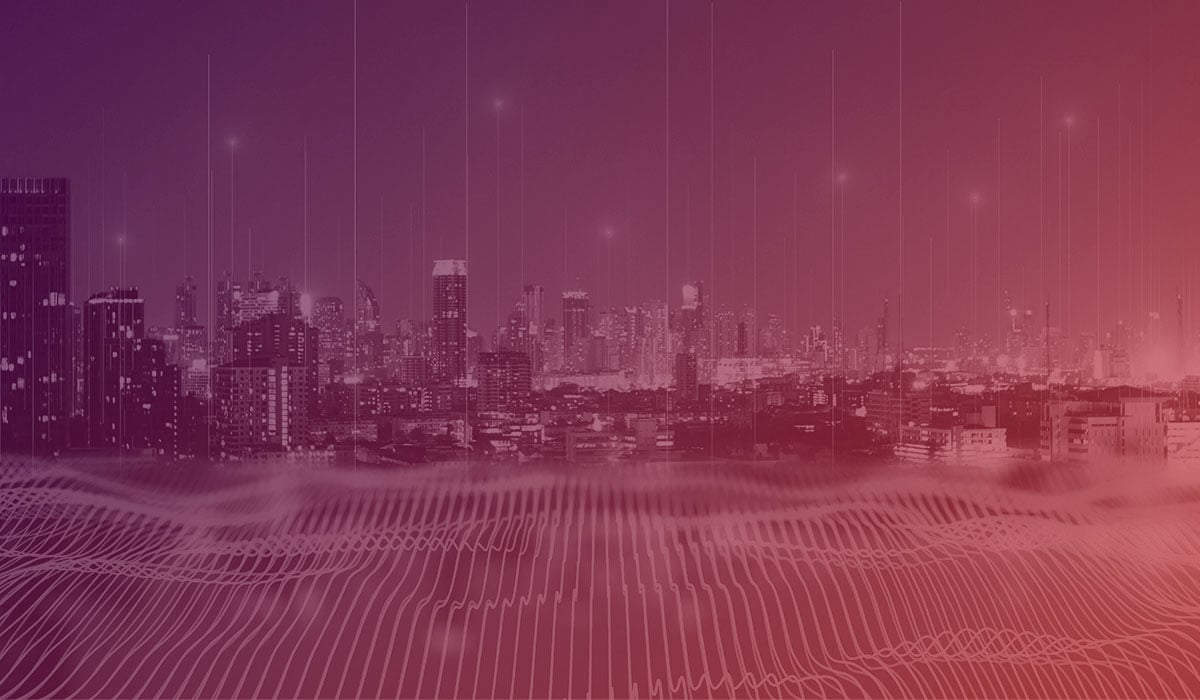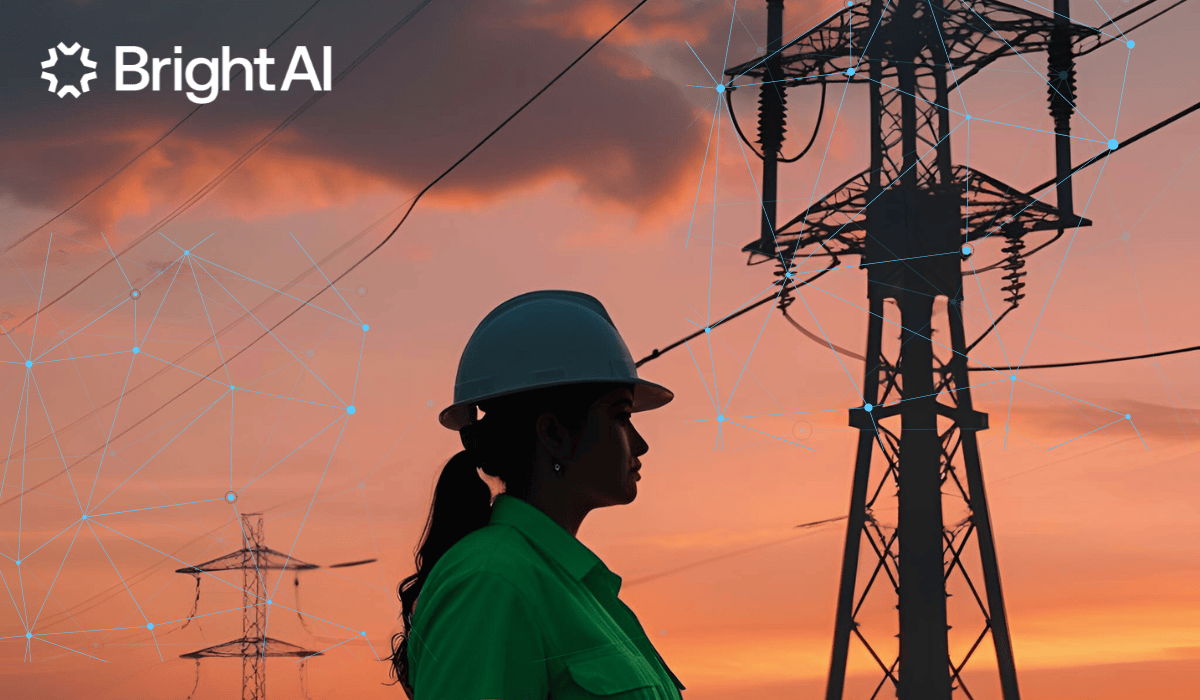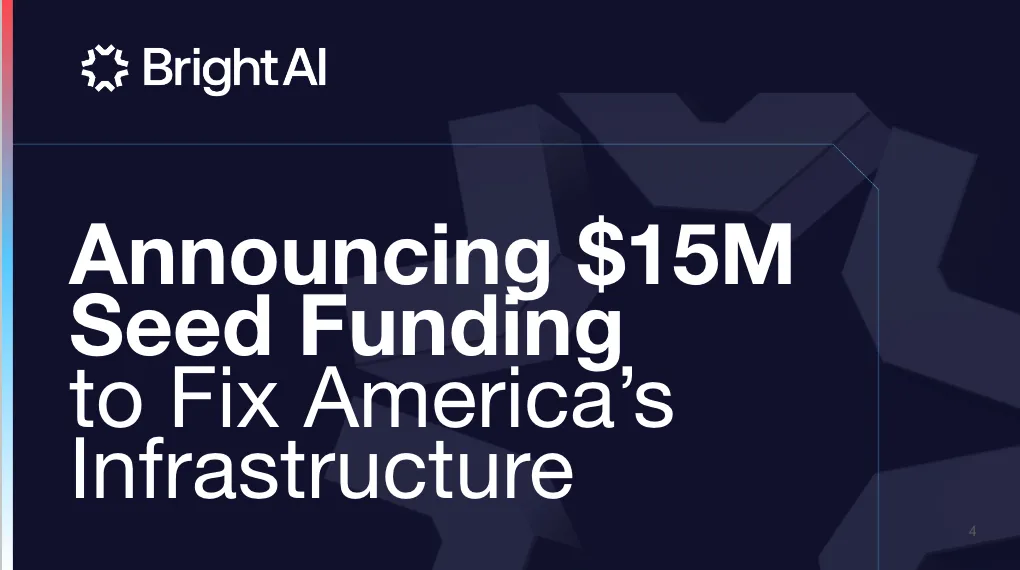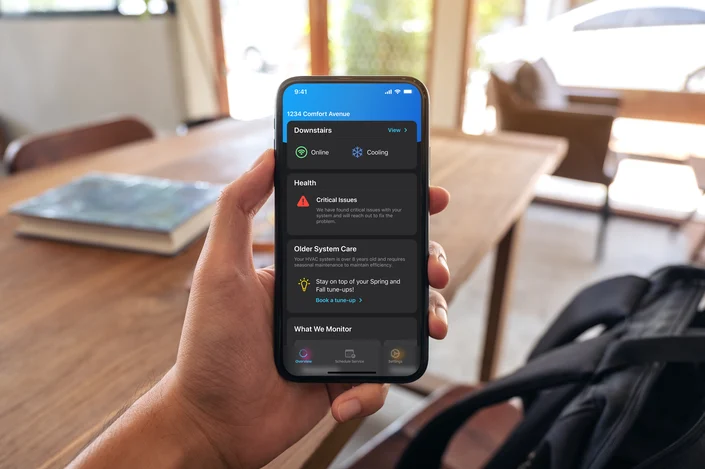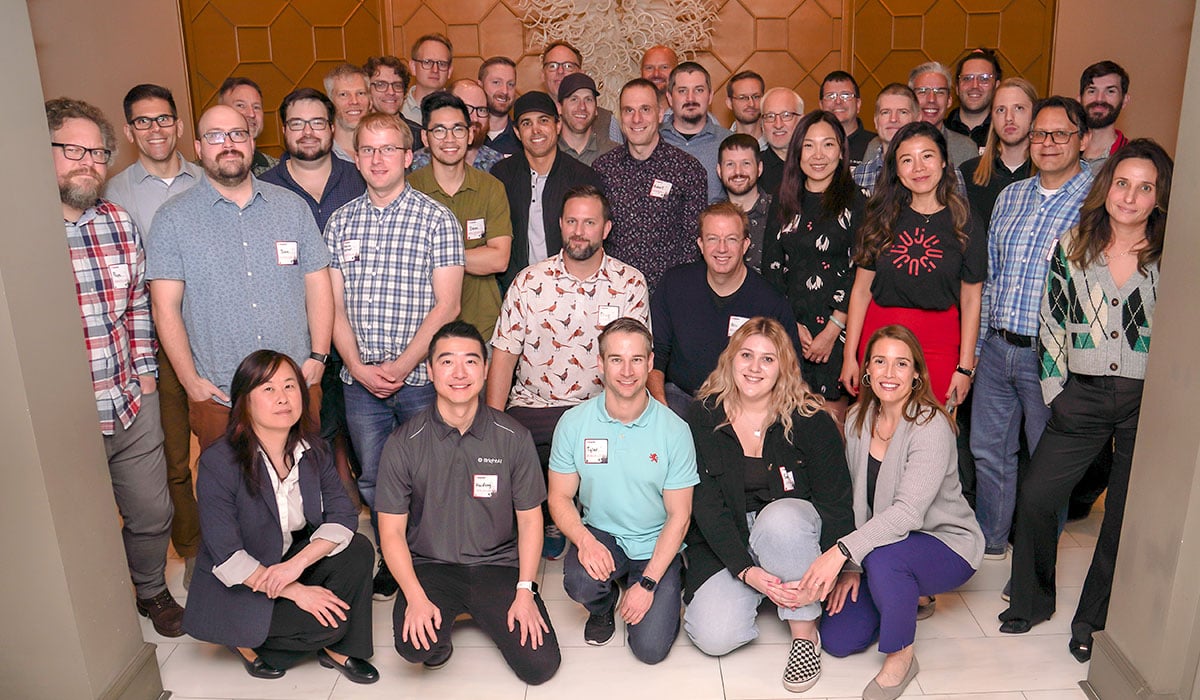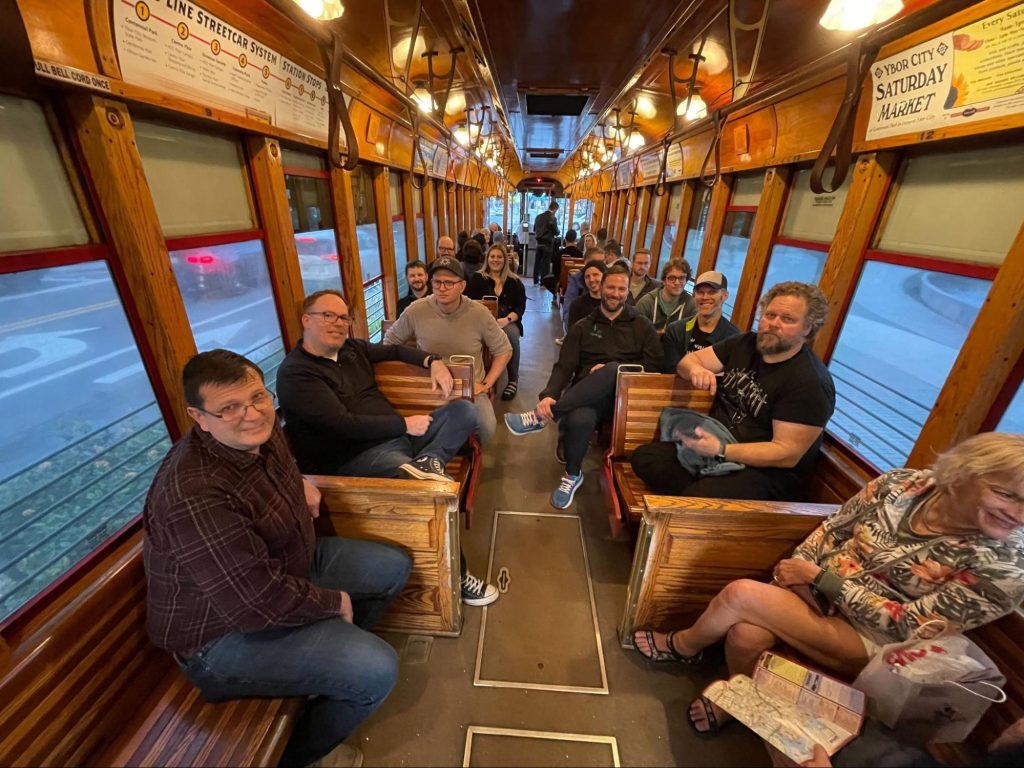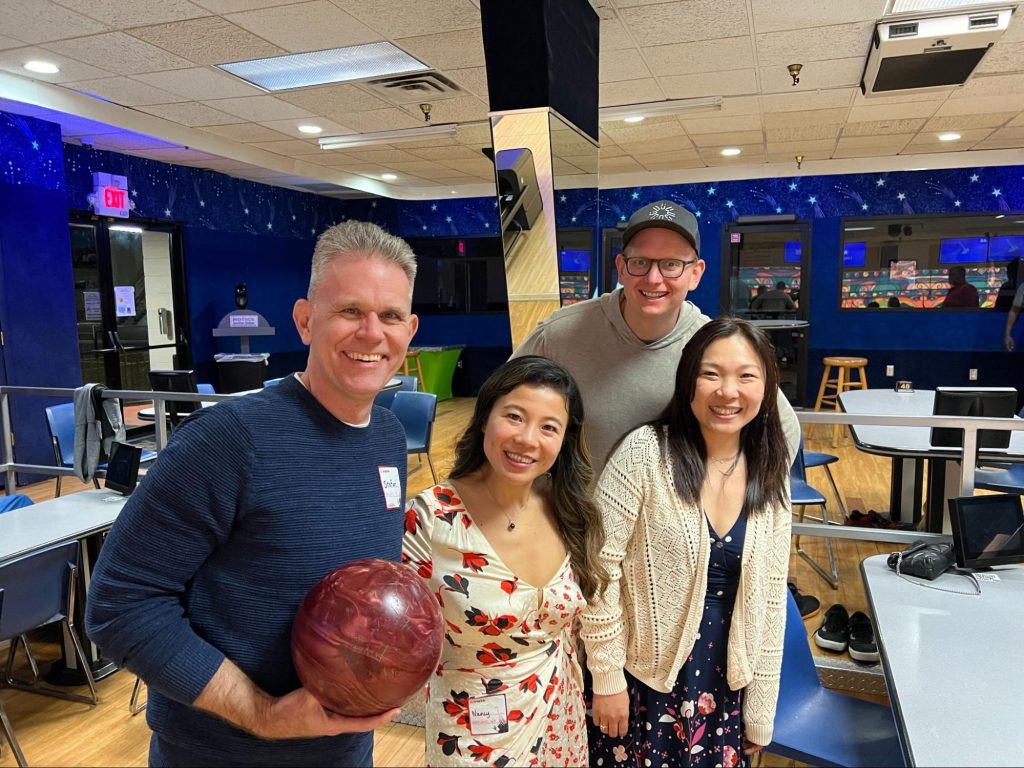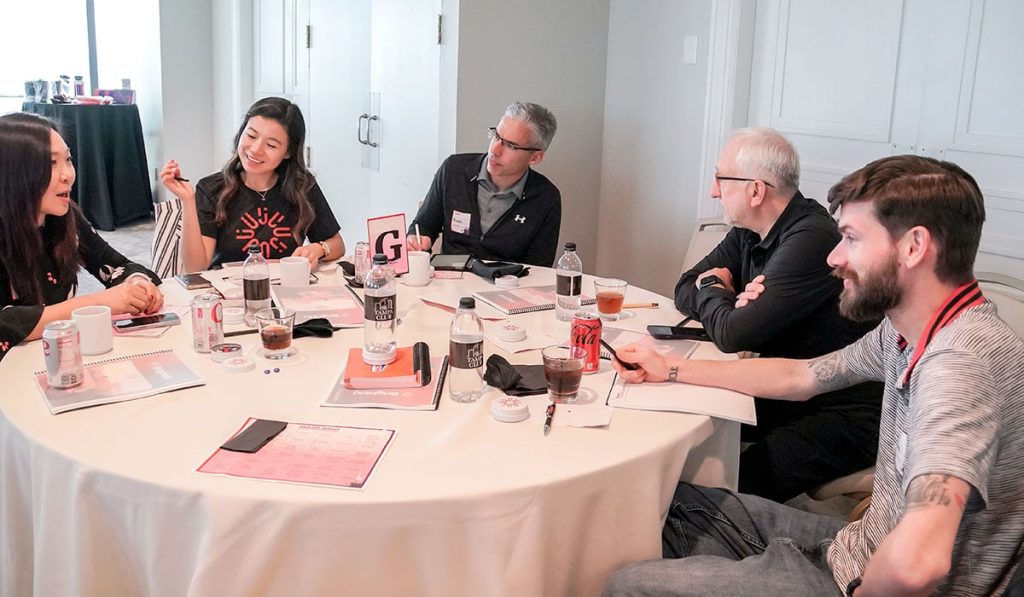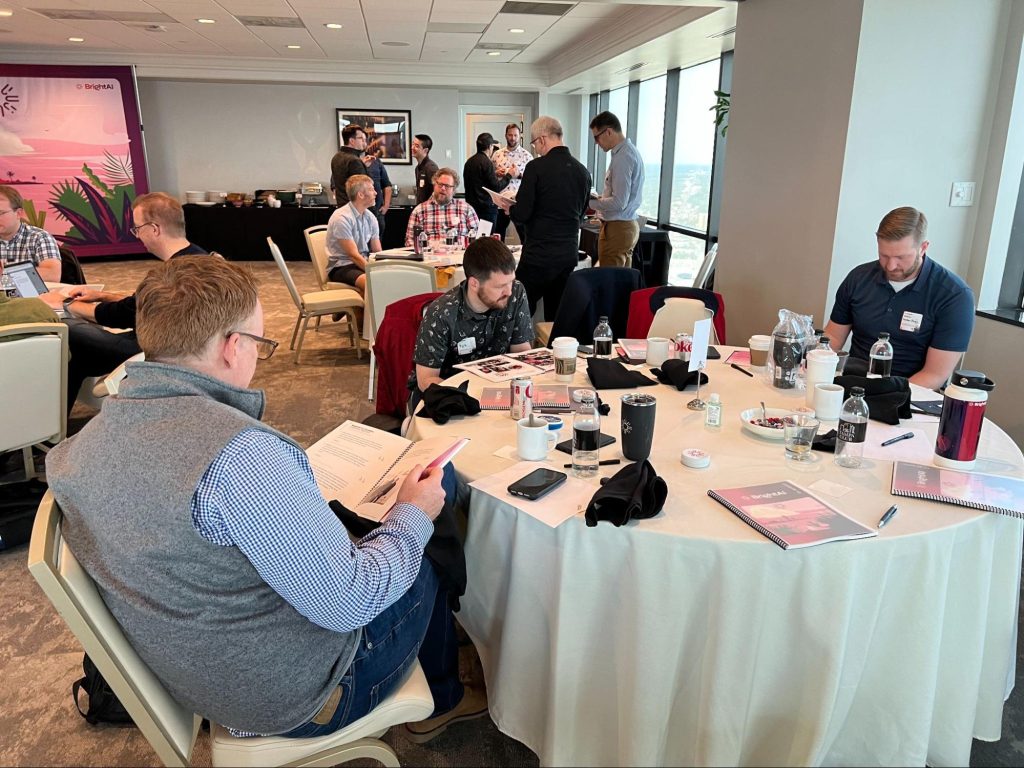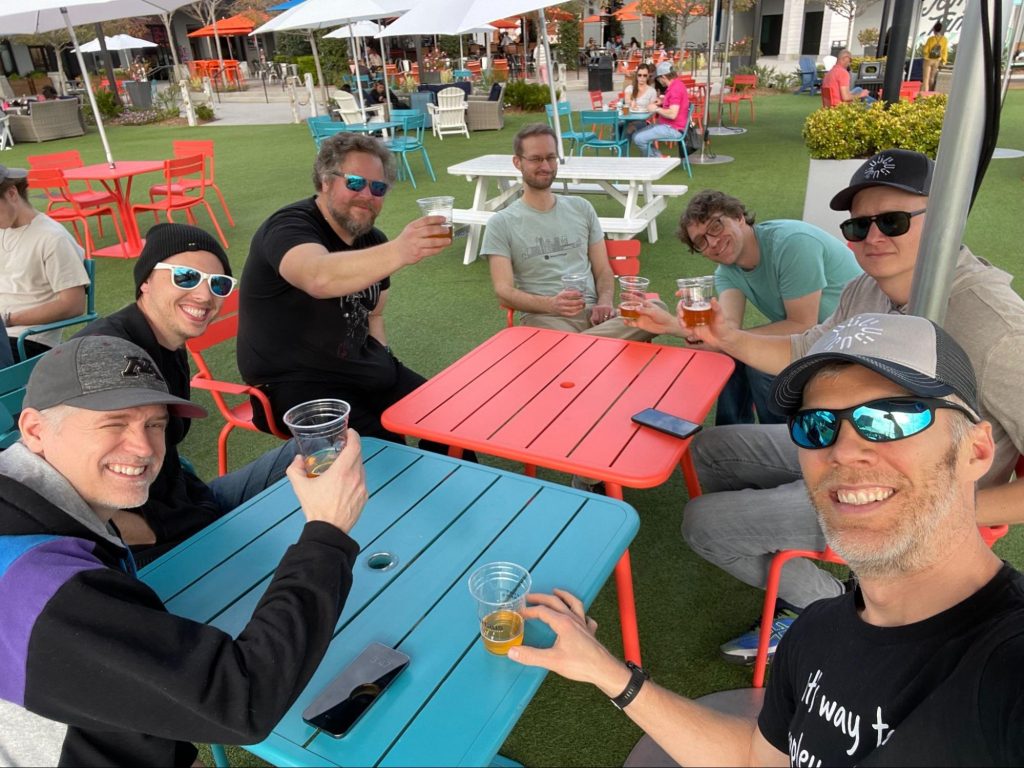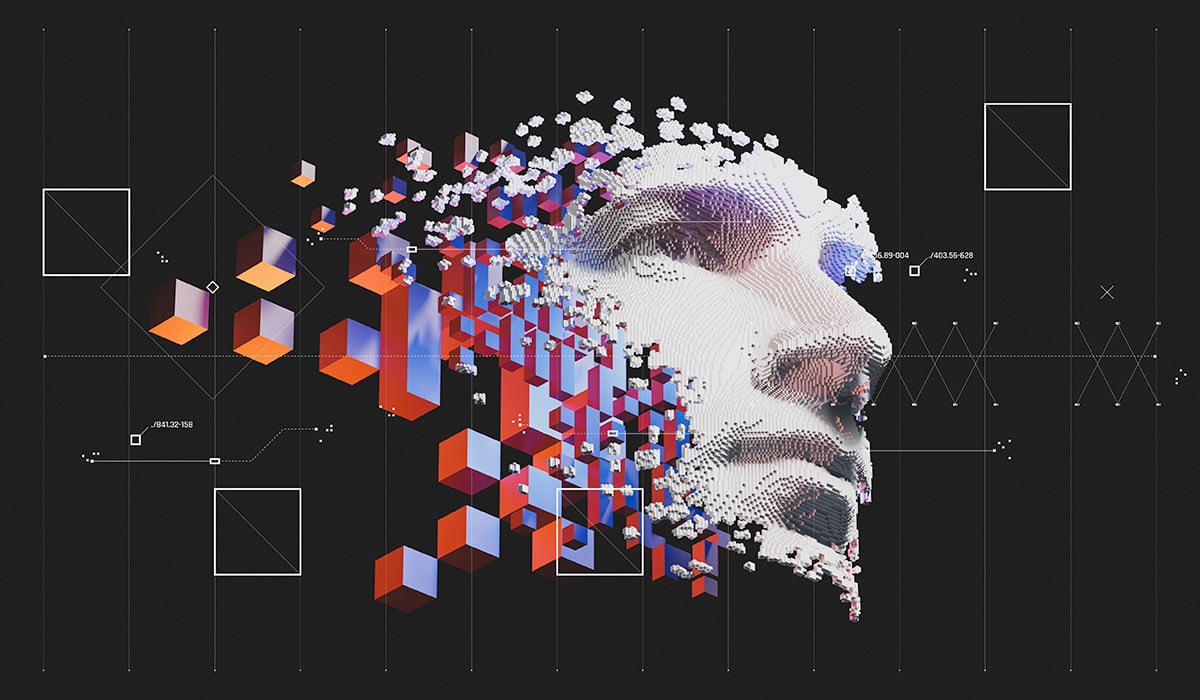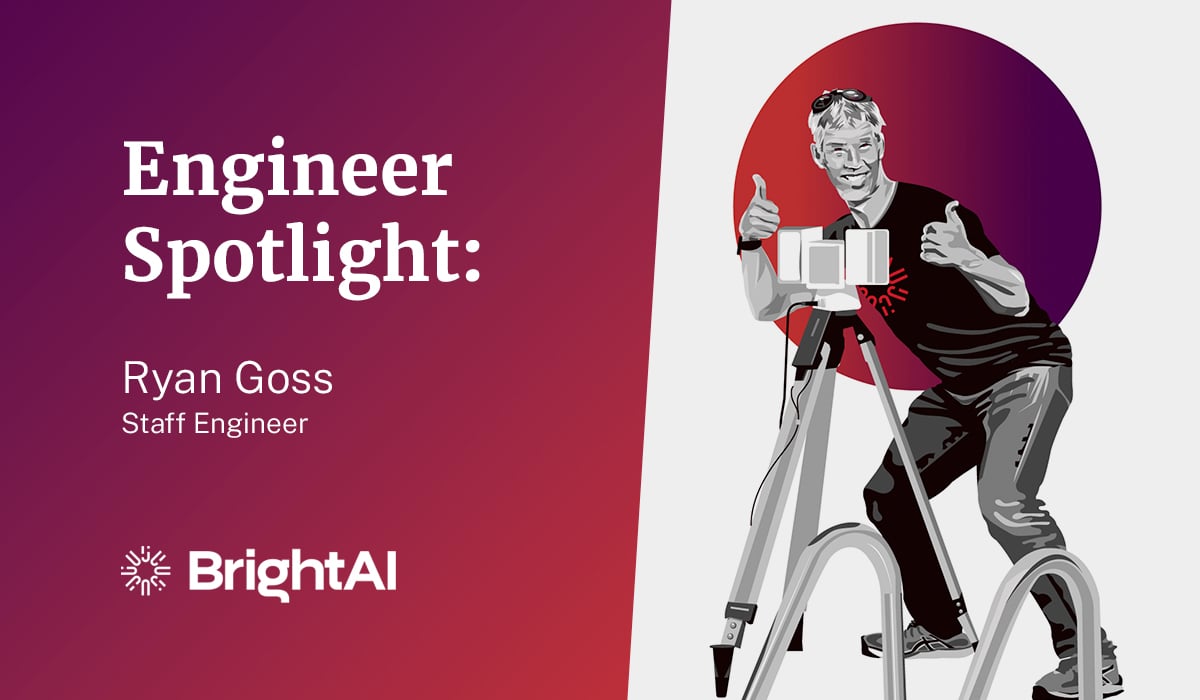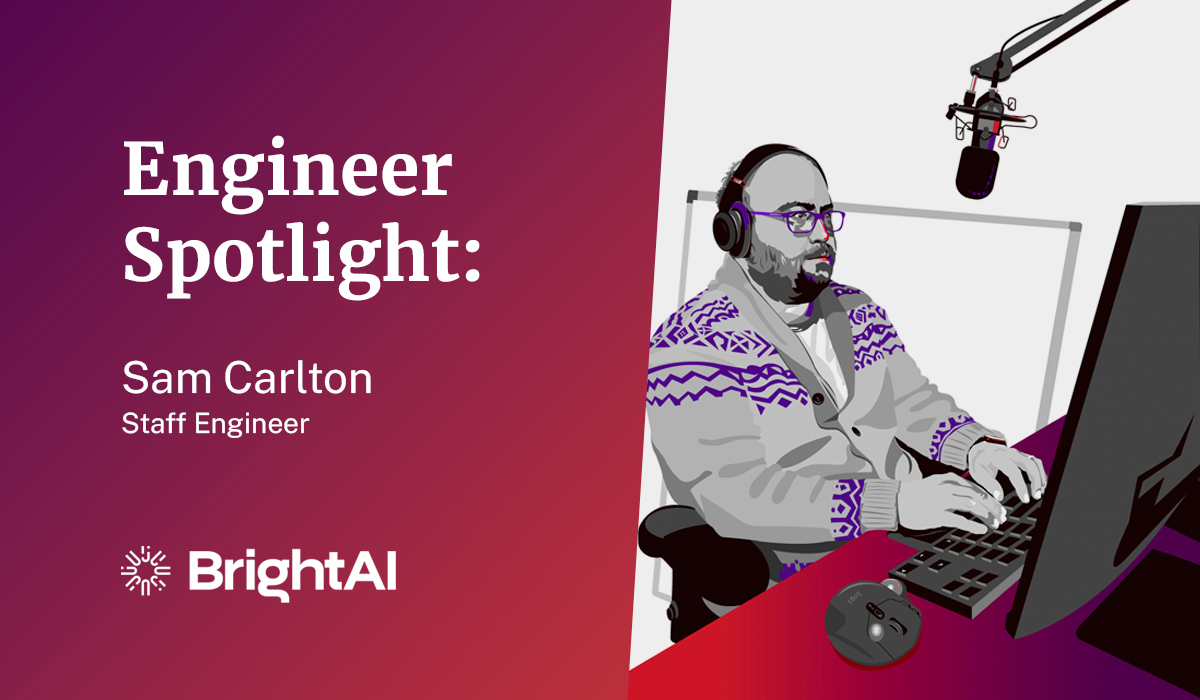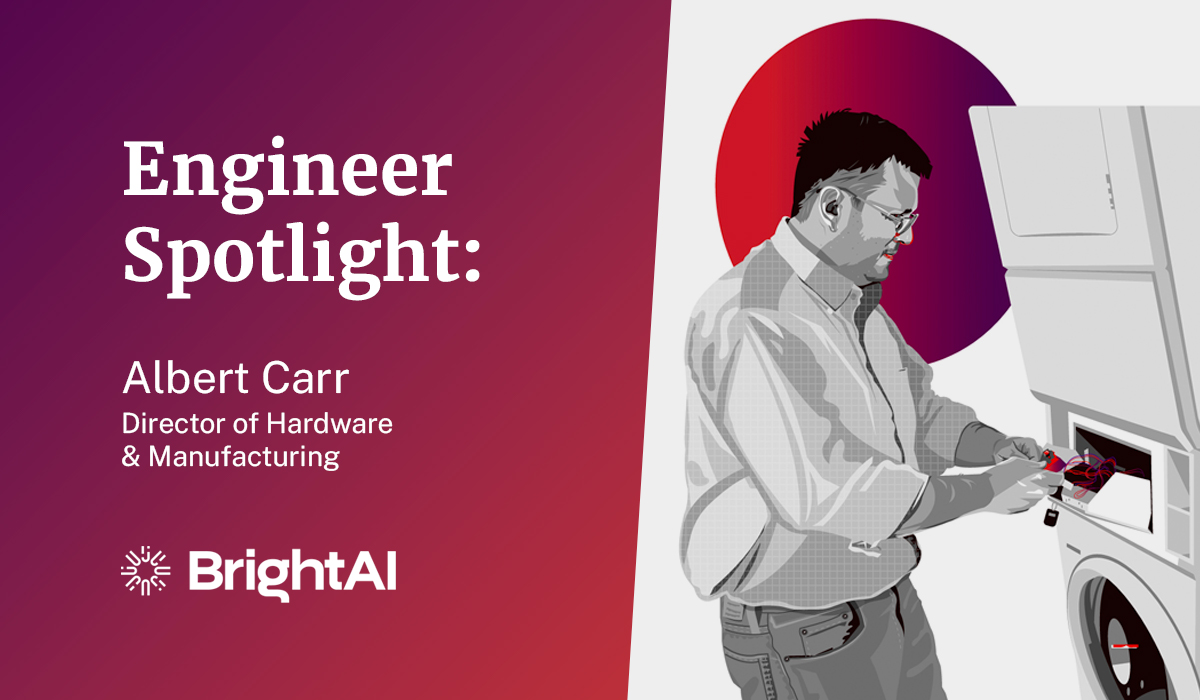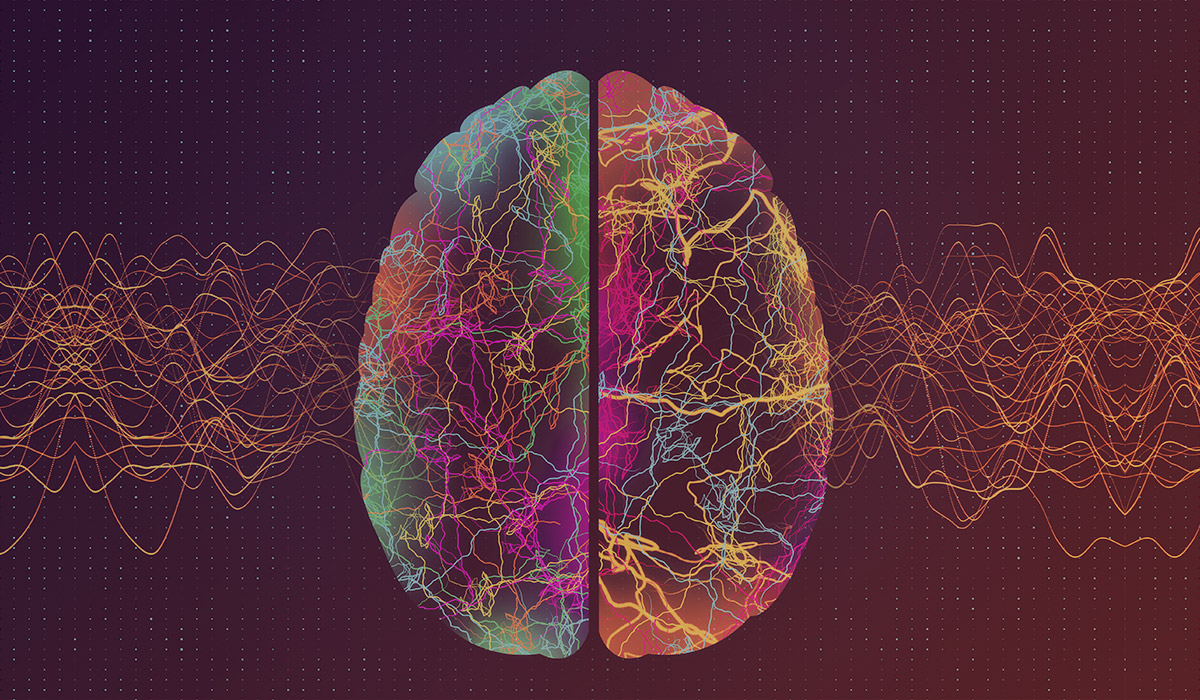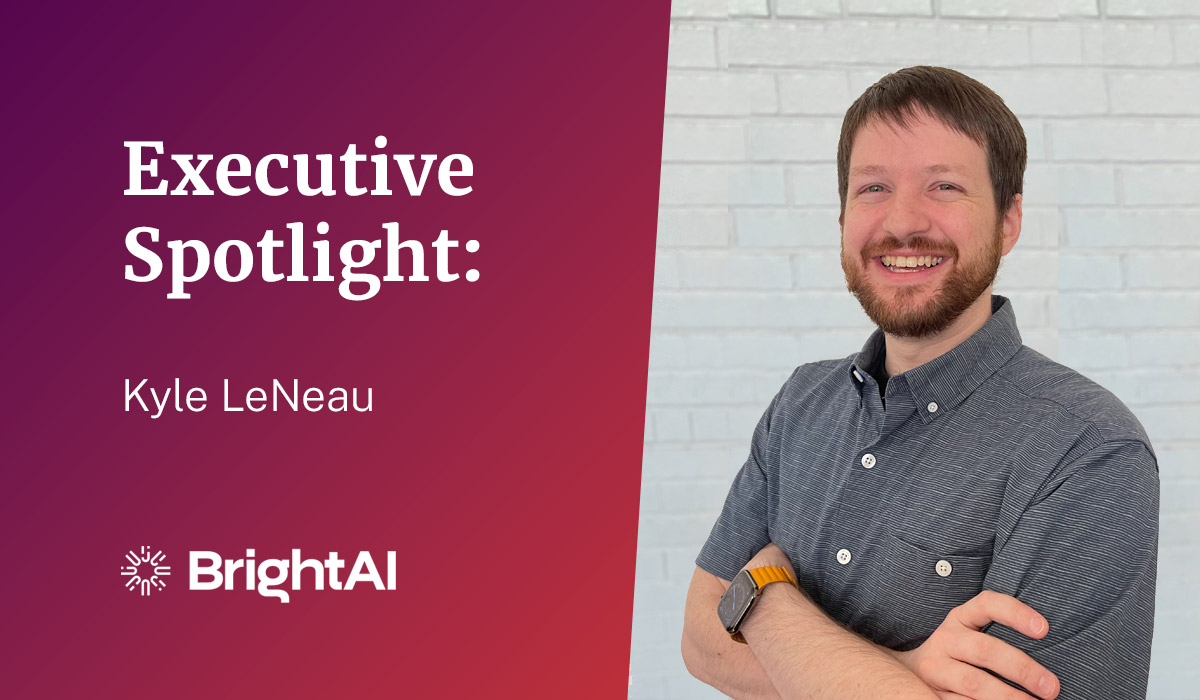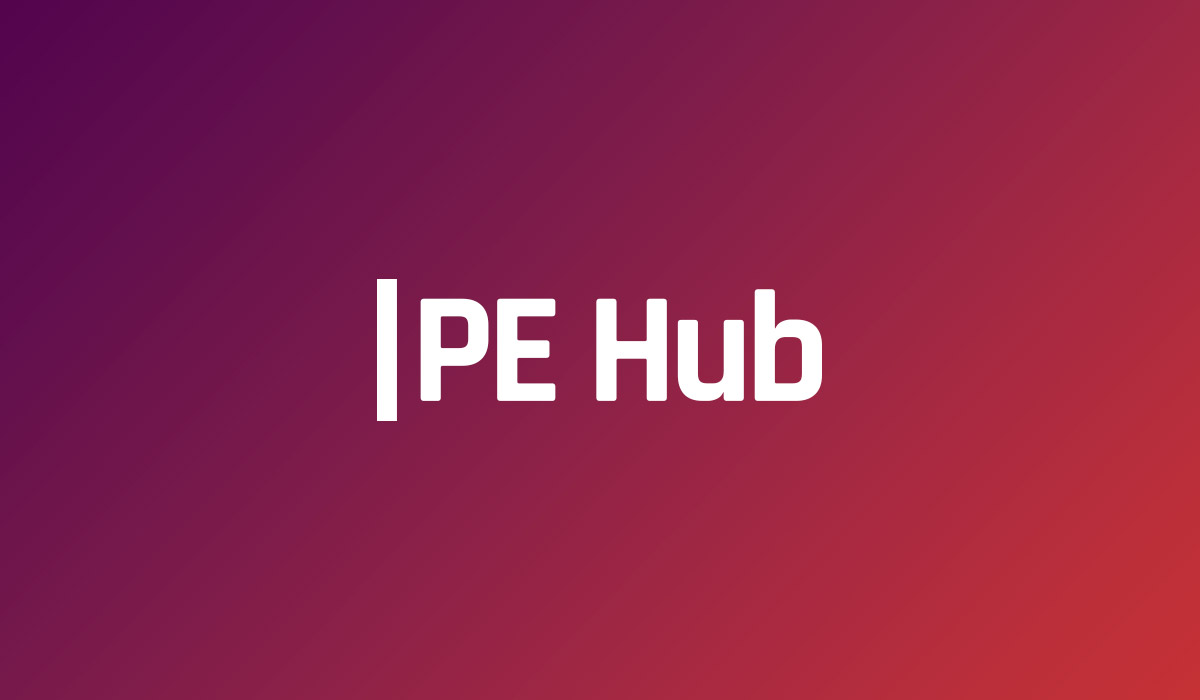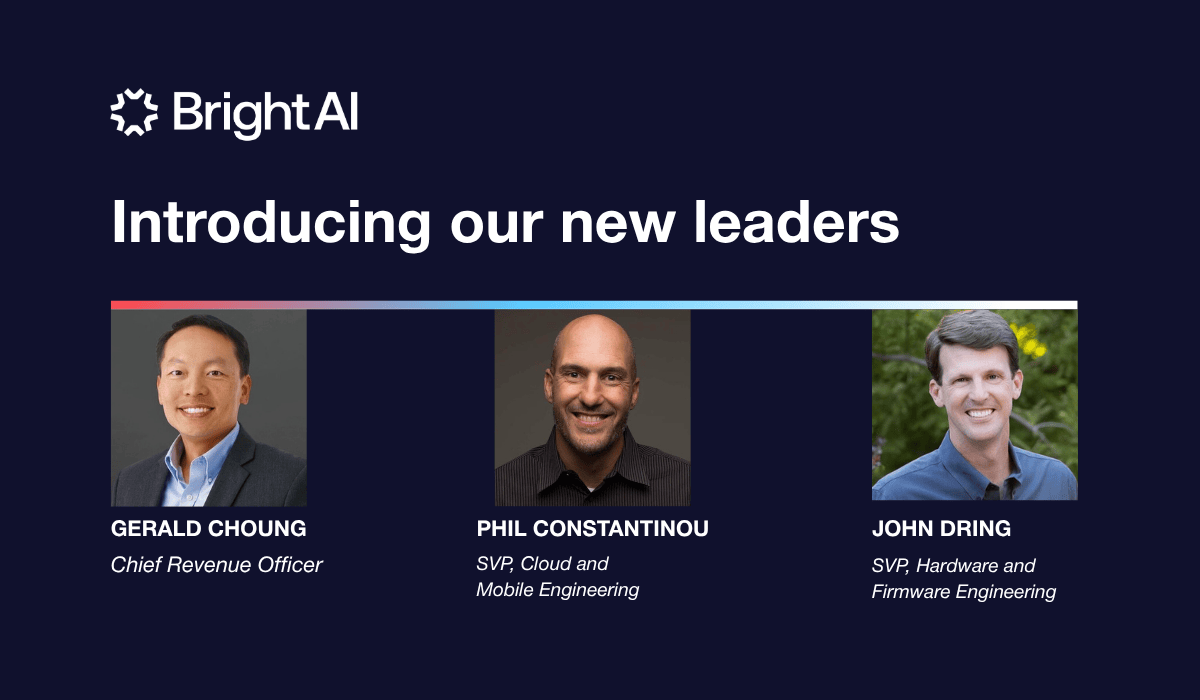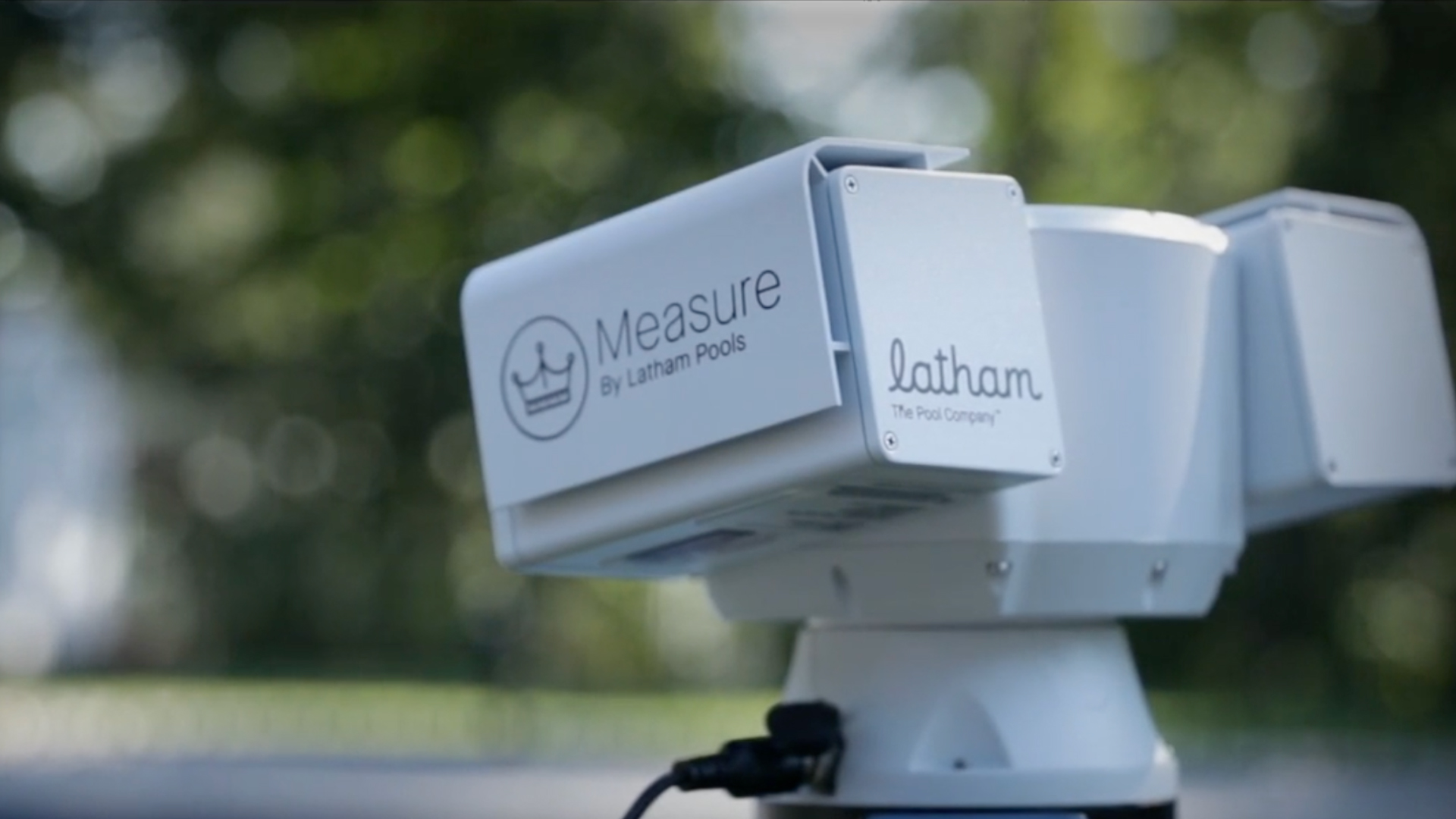BrightAI and Pelsis joined forces in a multi-year partnership to infuse artificial intelligence into Pelsis’s highly successful flylight product lines, beginning with the popular Cobra LED model previewed in October 2023 at PestWorld in Honolulu, Hawaii. This launch represents a giant leap forward for intelligent pest control, especially for pest control operator sustainability and food & pharmaceutical safety. Powered by BrightAI’s infrastructure AI platform, the new AI flylights have advanced multimodal AI models for automated insect counting, size classification, real-time alerts, and audit analytics.
BrightAI, a trailblazing Infrastructure AI platform innovator, launched its strategic partnership with Pelsis, leading global pest control manufacturer and distributor, at the PestWorld conference. This partnership debuts the next-gen flying insect monitoring technology, combining the market leading Cobra LED insect flylight with automated insect counting and size classification insights through Pelsis’s intelligent pest platform powered by BrightAI’s “virtual master tech” platform. The fusion of cutting-edge AI technology and industry expertise promises to redefine the way we approach pest management, emphasizing early detection, real-time monitoring, and a proactive, sustainable strategy towards less chemical usage. Stay tuned as we usher in a new era in intelligent pest control.
A New Era in AI-Powered Pest Control
“Our partnership with Pelsis marks a significant turning point in the world of pest control. Traditionally, insect monitoring is a manual process, demanding valuable time and effort. Technicians climb up ladders and manually inspect from 25-250 flylights at each site, tallying the number of insects and assessing glueboard conditions. However, with routine service visits, often the discoveries come too late, resulting in costly infestations, factory shutdowns and increased chemical usage”, explained Nancy Li, EVP Growth & Strategy at BrightAI. “Pelsis Digital brings AI into the mix, transforming this process, reducing safety risks in the food and pharmaceutical industries, minimizing damage to brand reputation, and empowering pest management professionals to provide a more efficient, data-driven service.”
24/7 Pest Monitoring with Virtual Master Tech
Imagine having a virtual master technician at every food and pharma location, tirelessly working around the clock. The new AI insect flylight does just that. It acts as an ever-vigilant monitor, sending alerts when insect counts hit a customizable threshold. This not only gives customers peace of mind but also allows pest management professionals to intervene early, preventing pest activity from turning into full-blown infestations.
- Leading Flylight Product, Upgraded with AI: Equipped with a high-res camera and AI sensors, this flylight provides 24/7 real-time monitoring of flying insect activity. Routine insect counting truck rolls become a thing of the past, as notifications guide technicians to the exact time and place for glue board checks.
- Better-than-Human AI Models: The new AI flylights incorporate advanced multimodal AI models with extensive training and testing and proven to perform better-than-human automatic insect counting and size classification, which provides a good signal for potential root causes and remediations. BrightAI’s advanced multimodal AI technology delivers time-sequenced algorithms to increase counting accuracy particularly on crowded glue boards.
- Early Infestation Detection & Proactive Service Alerts: The Pelsis Digital mobile app and online portal, included with the monitoring subscription, provide real-time reporting of flying insect activity while delivering insect count and size categorization, UV source replacement analysis, and temperature and humidity monitoring.
- Digital Audit Reporting & Analytics: The Pelsis Digital portal provides immediate and accurate data for trend analysis and auditing needs, effectively reducing the amount of paperwork. The data can seamlessly integrate into existing pest management systems through Pelsis Integration APIs.
The Future of Pest Control
Commenting on the new product launch in their recent press release, Alex Ashmore, Pelsis Group CEO, said: “We’re delighted to showcase Pelsis’ commitment to driving new standards in pest management best practice, by launching our market leading digital insect light trap. The benefits of this intelligent product fit squarely within Pelsis’ vision to help move the sector to a more sustainable way of working alongside nature and our environment, while protecting public health.”
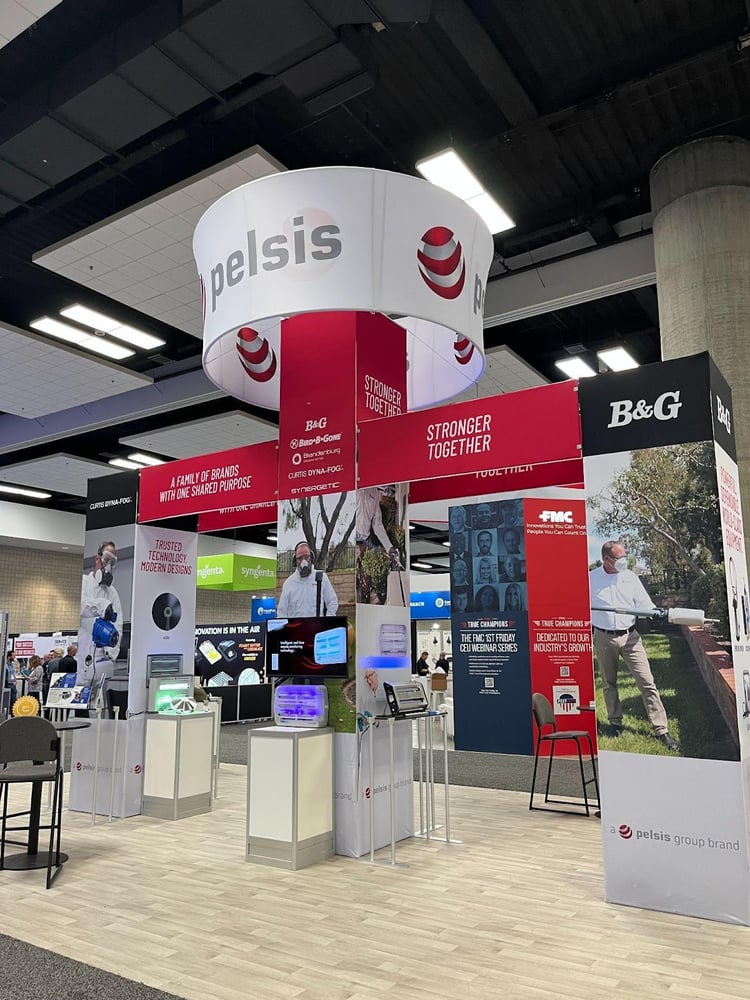
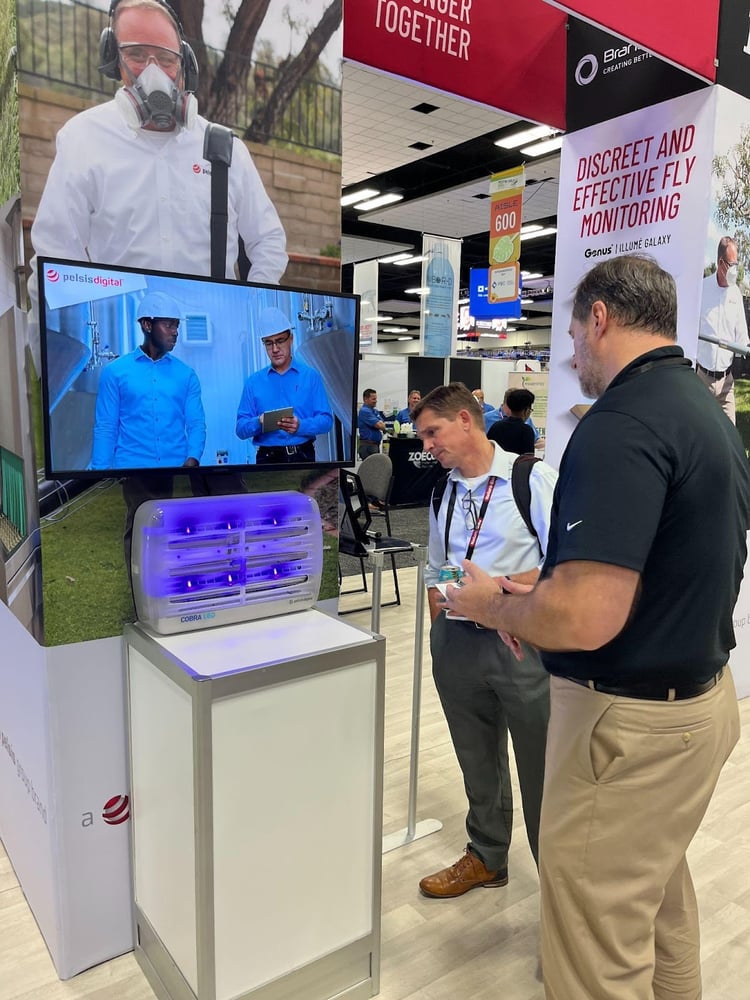
About Pelsis
Pelsis’ vision is to develop sustainable and innovative solutions, providing peace of mind and protecting public health, while working in harmony with nature. Their leading commercial and retail brands deliver innovative pest management and garden care products to a global customer base of more than 4,500. Pelsis employs more than 650 people across 14 sites in the UK, mainland Europe, USA and India, and their international team offers customer service, sales, technical and account support in more than 14 languages.
To learn more about Pelsis, visit pelsis.com.
About BrightAI
BrightAI is transforming essential services with Physical AI, enabling proactive, AI-powered operations. Built on our Stateful platform, BrightAI empowers operators of critical infrastructure to collect and connect data in real time, uncovering hidden insights and enabling smarter, faster decision-making. Stateful integrates multimodal data from sensors, wearables, and autonomous systems to deliver predictive diagnostics, automated workflows, and intelligent operational support. Our solutions serve industries such as water, power, gas compression, pest control, HVAC, and manufacturing—helping service providers and asset owners boost efficiency, minimize downtime, and anticipate emerging challenges. By transforming complex data into actionable intelligence, BrightAI is redefining how essential services are delivered and evolved.
